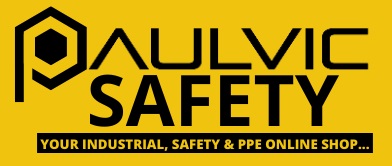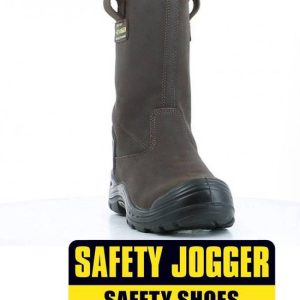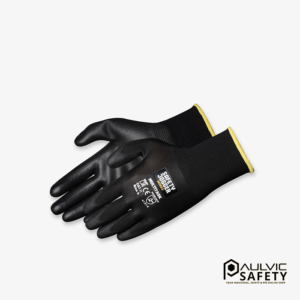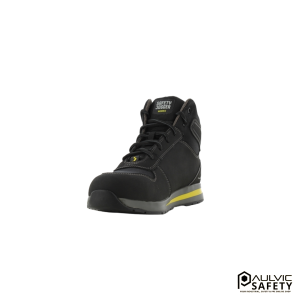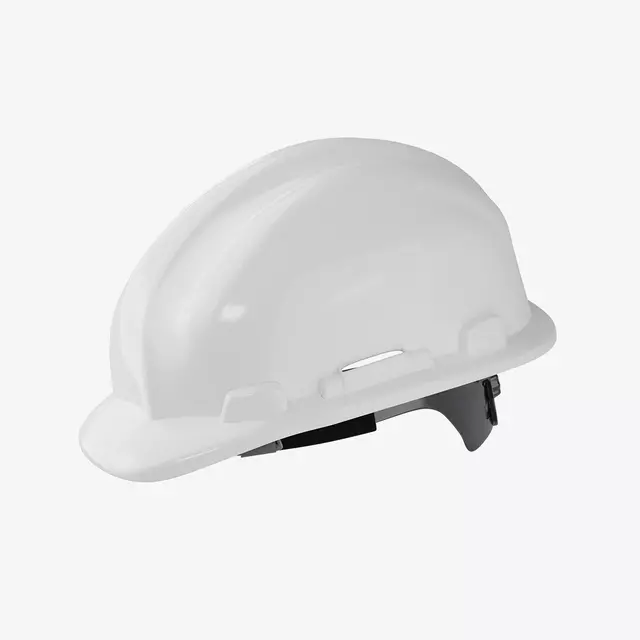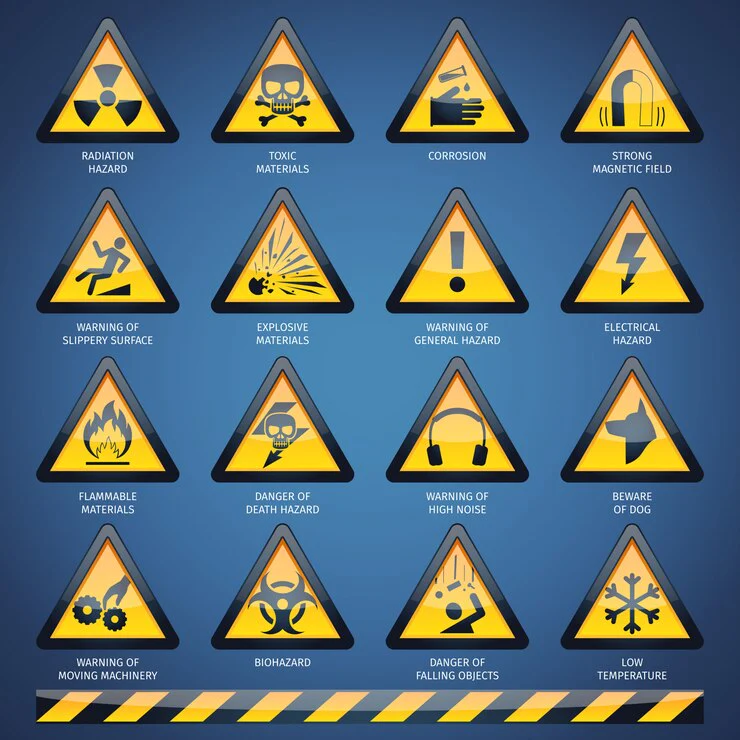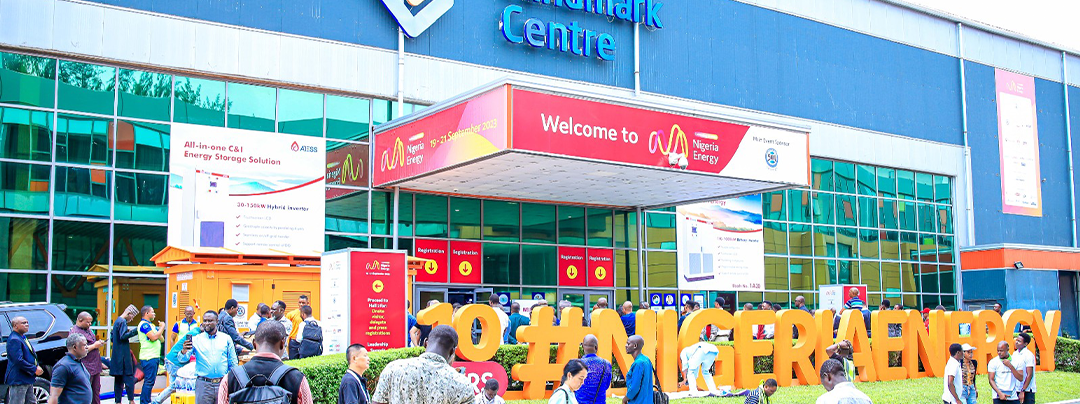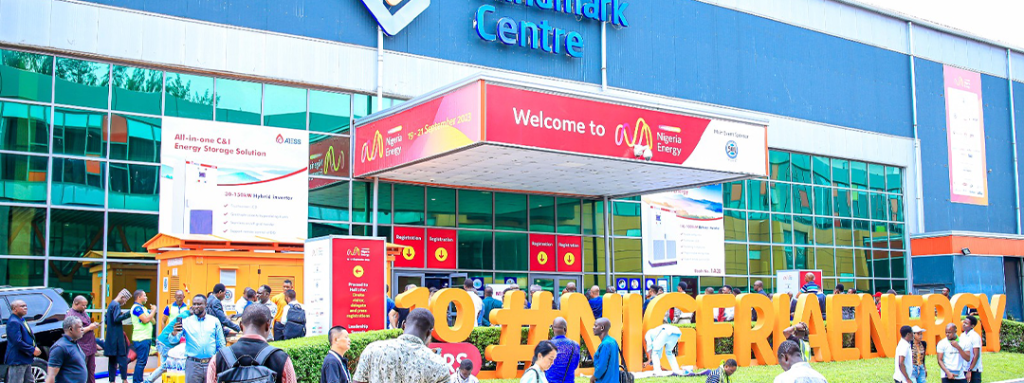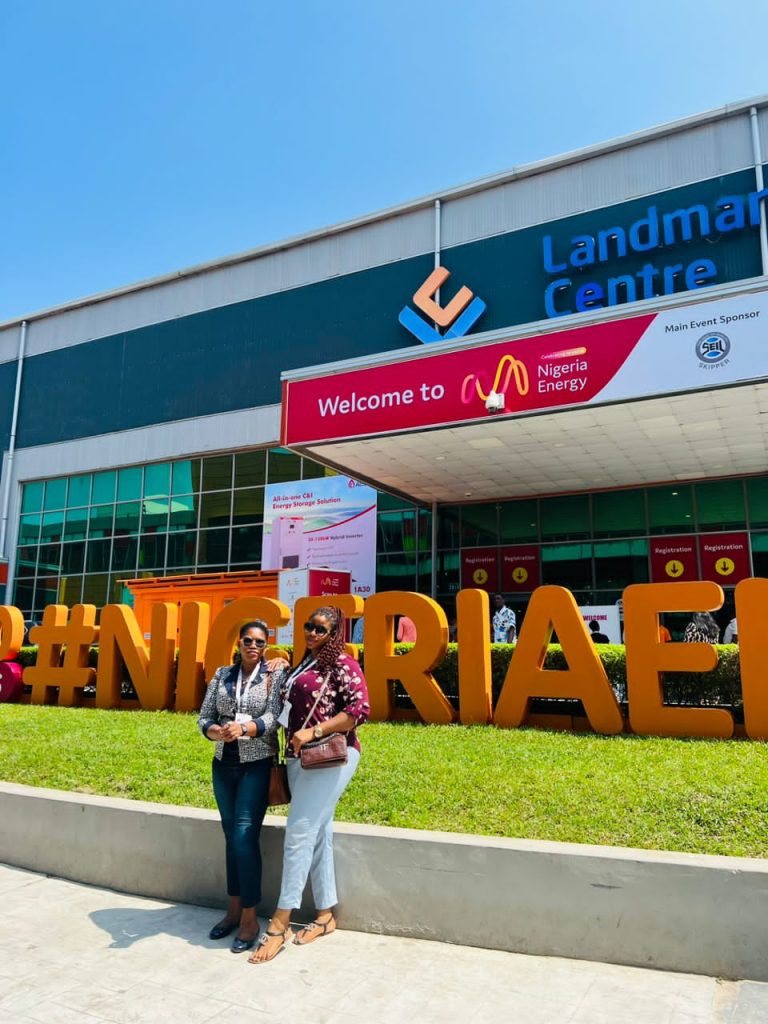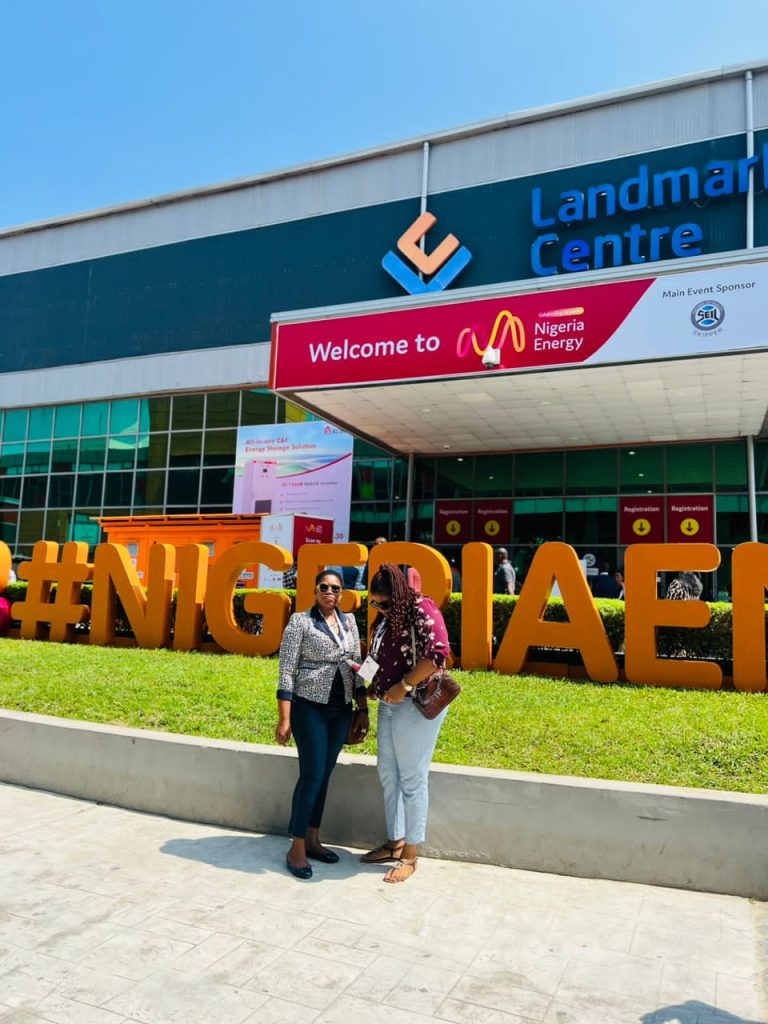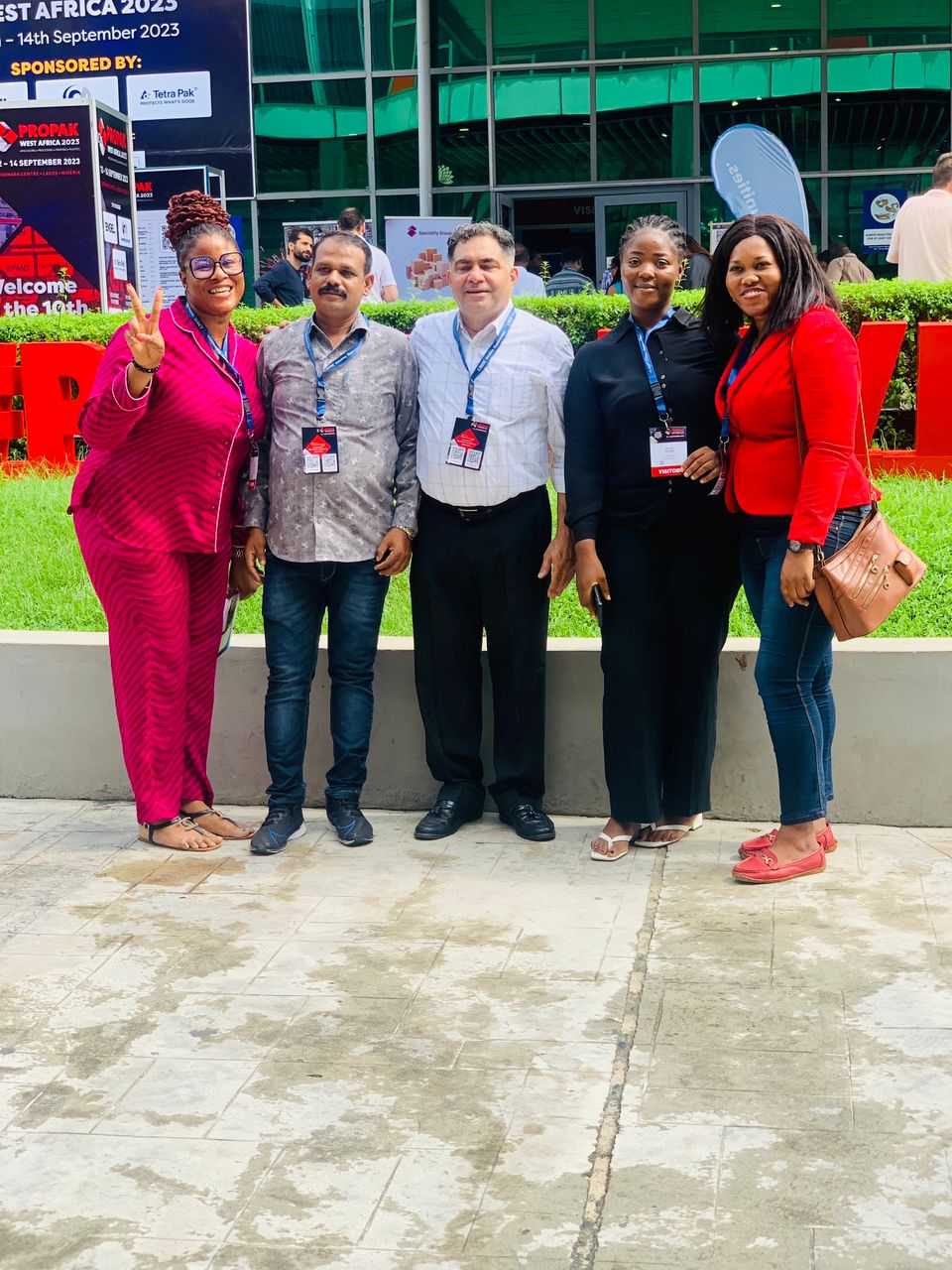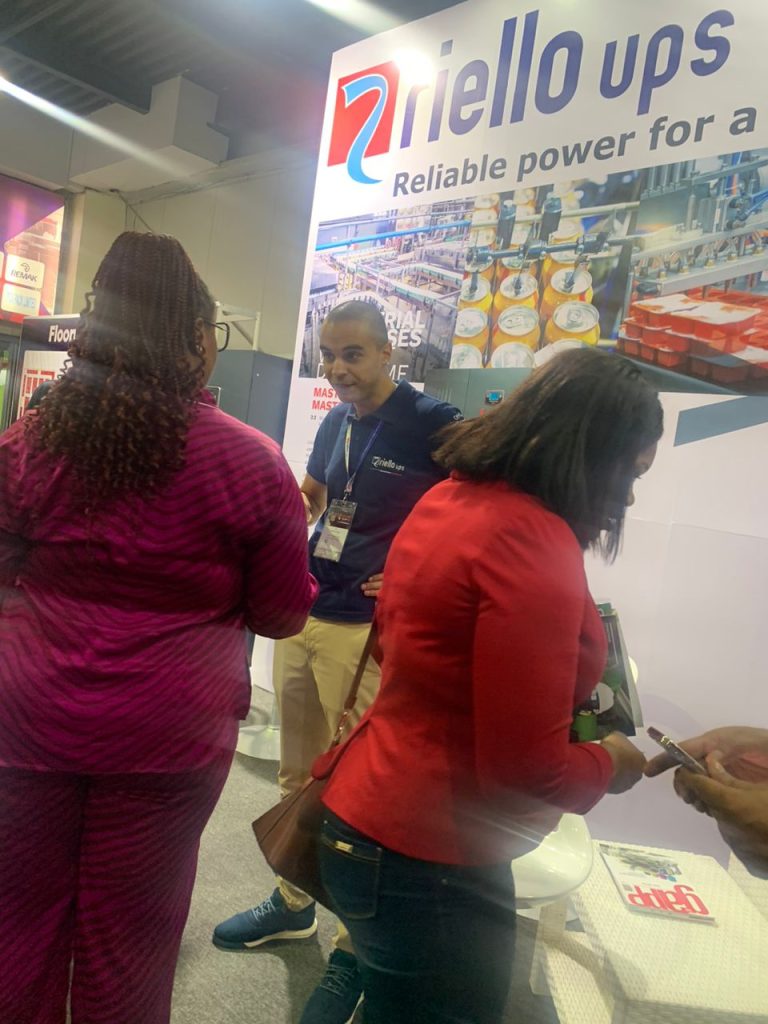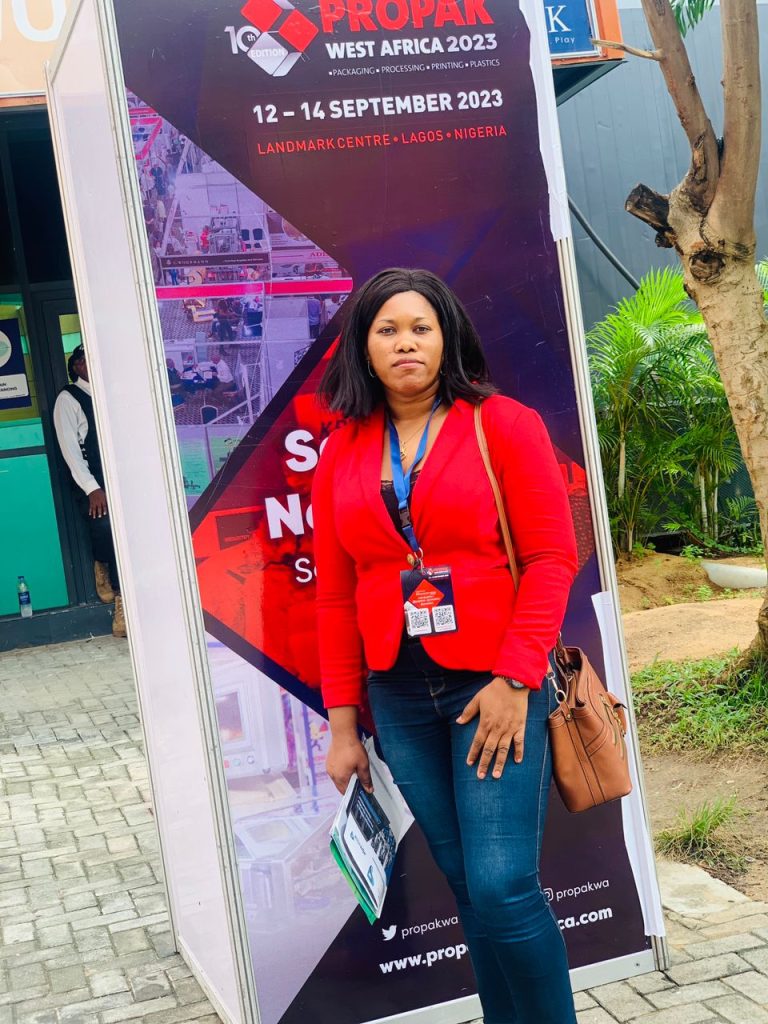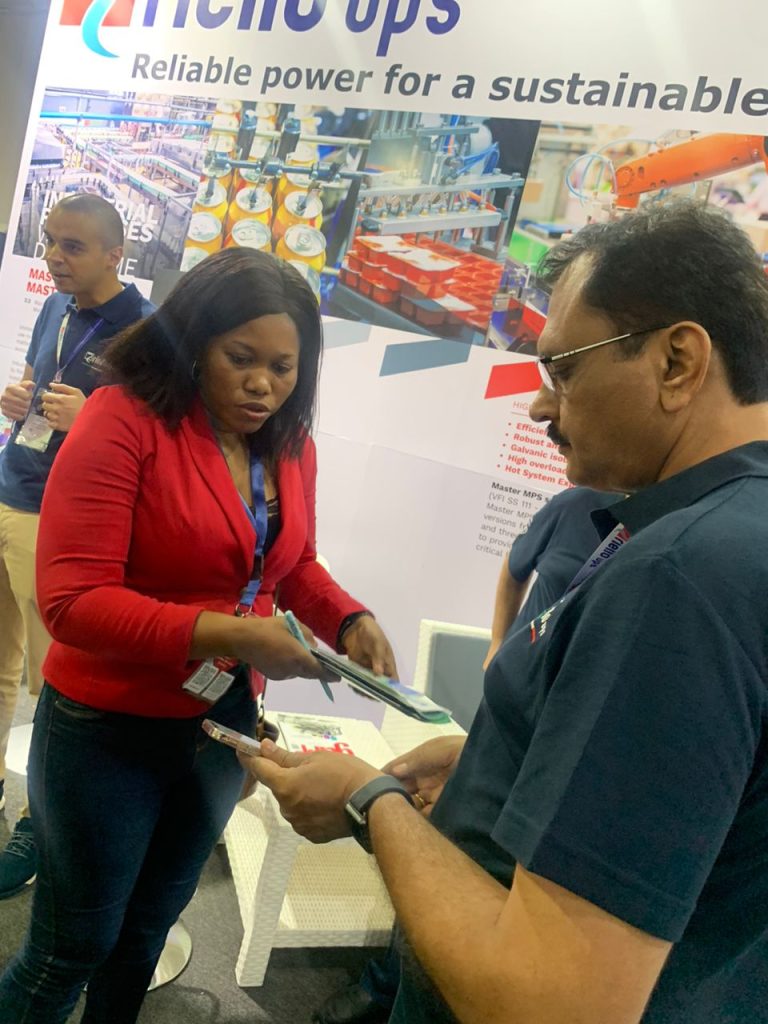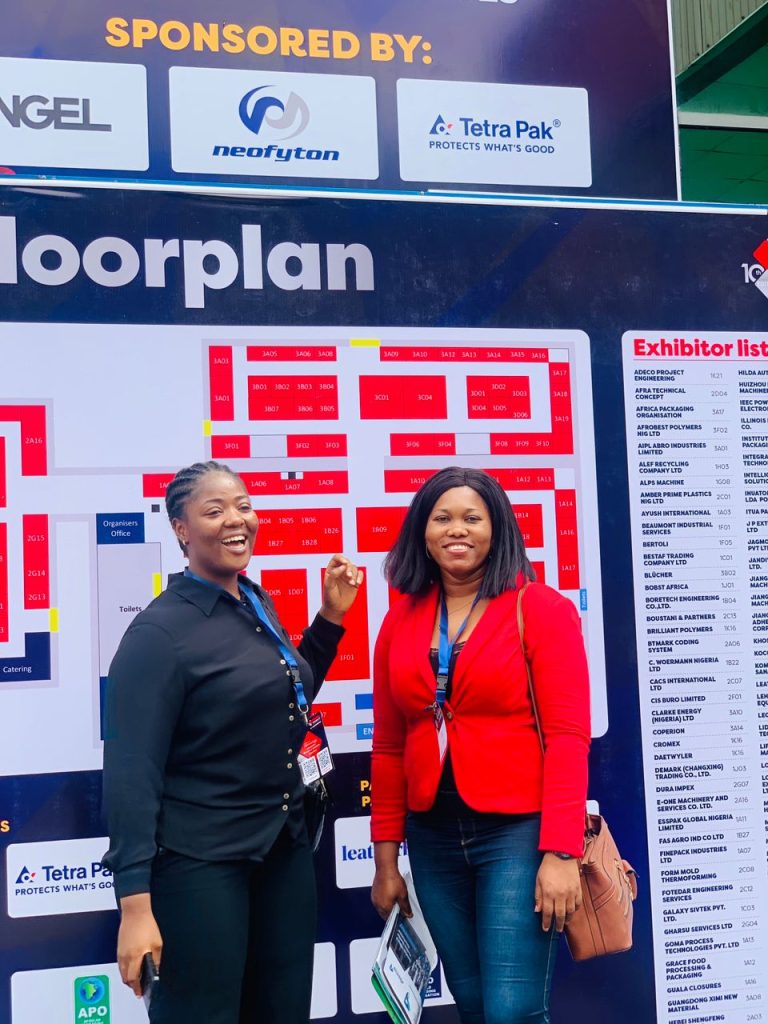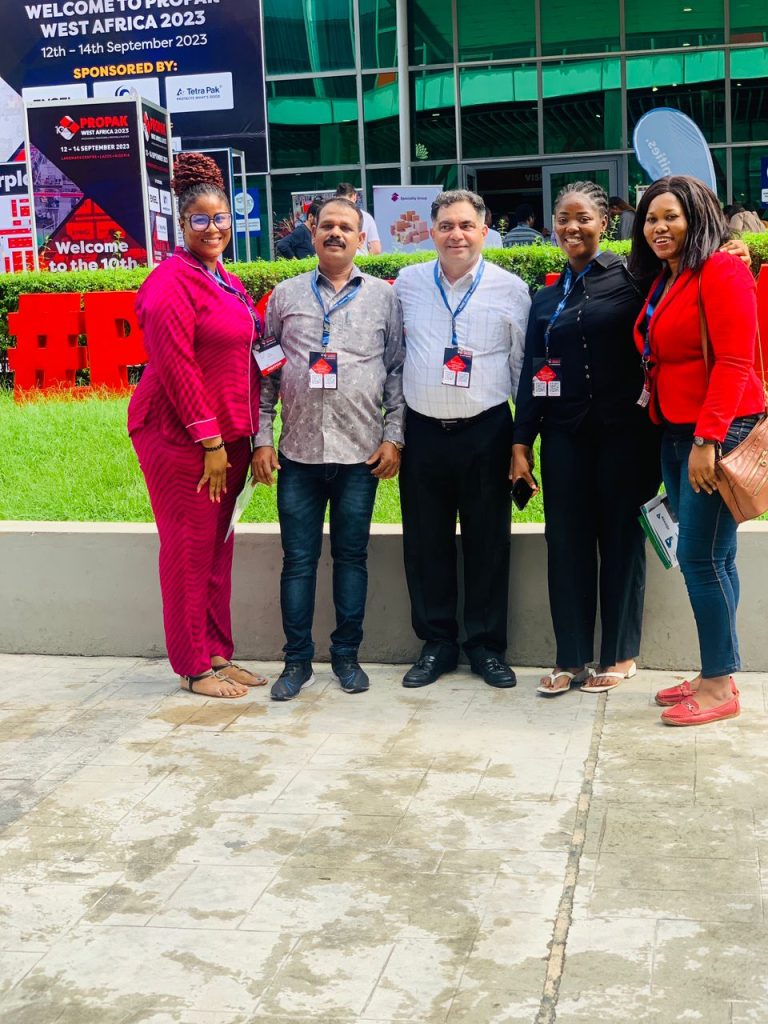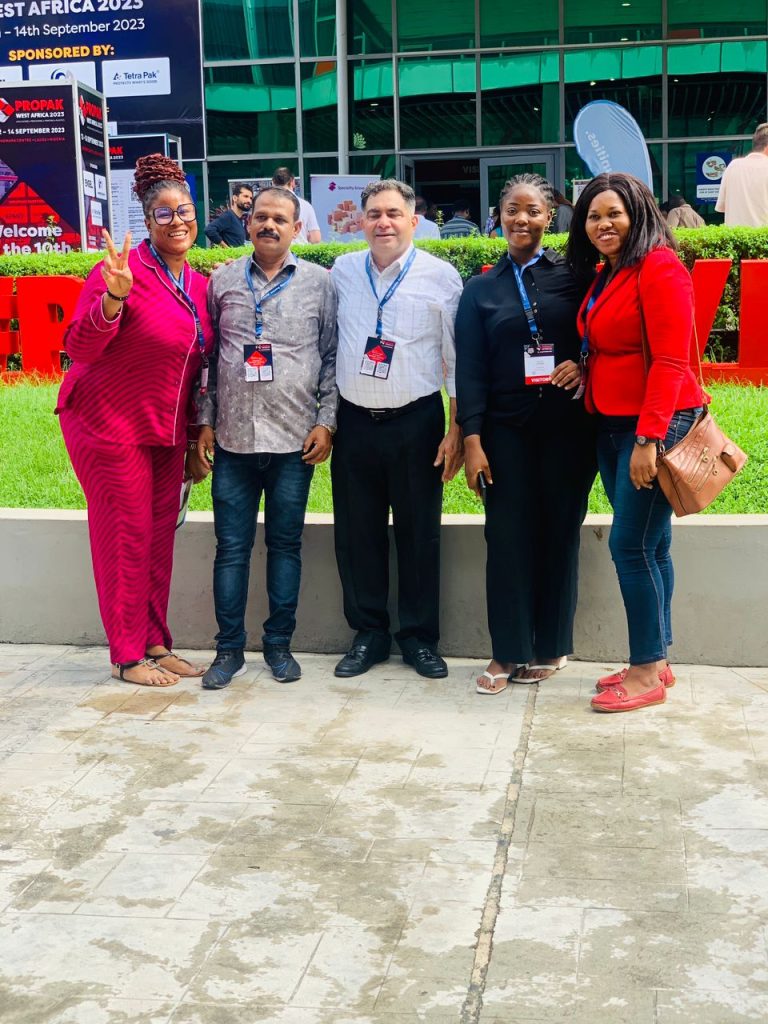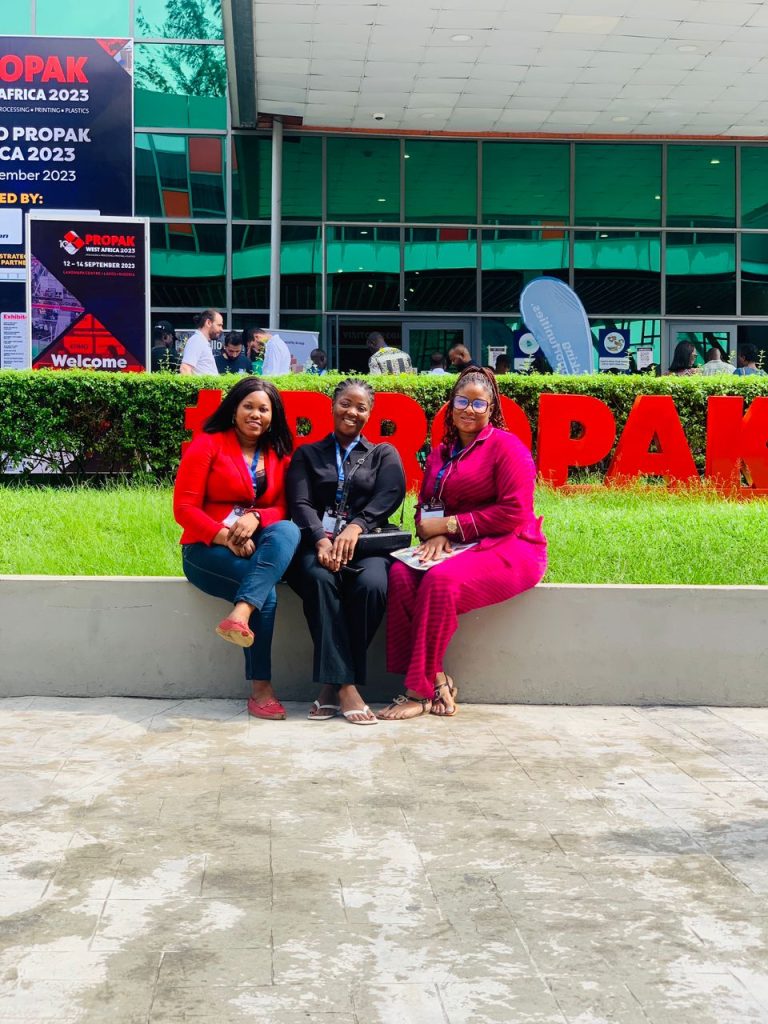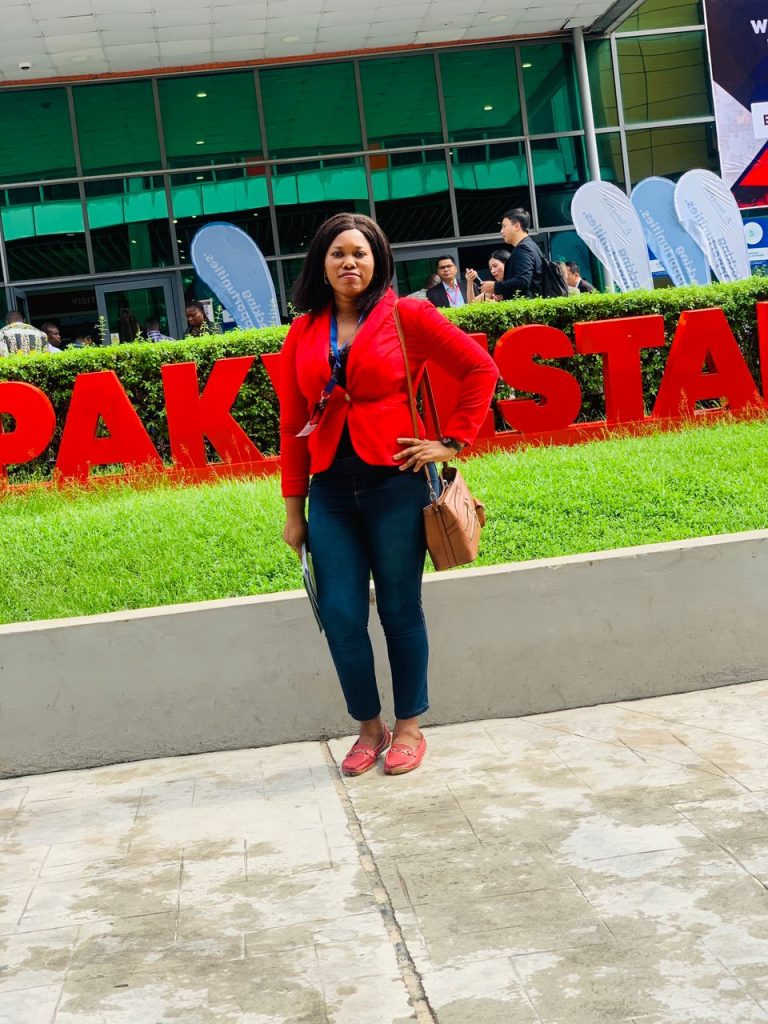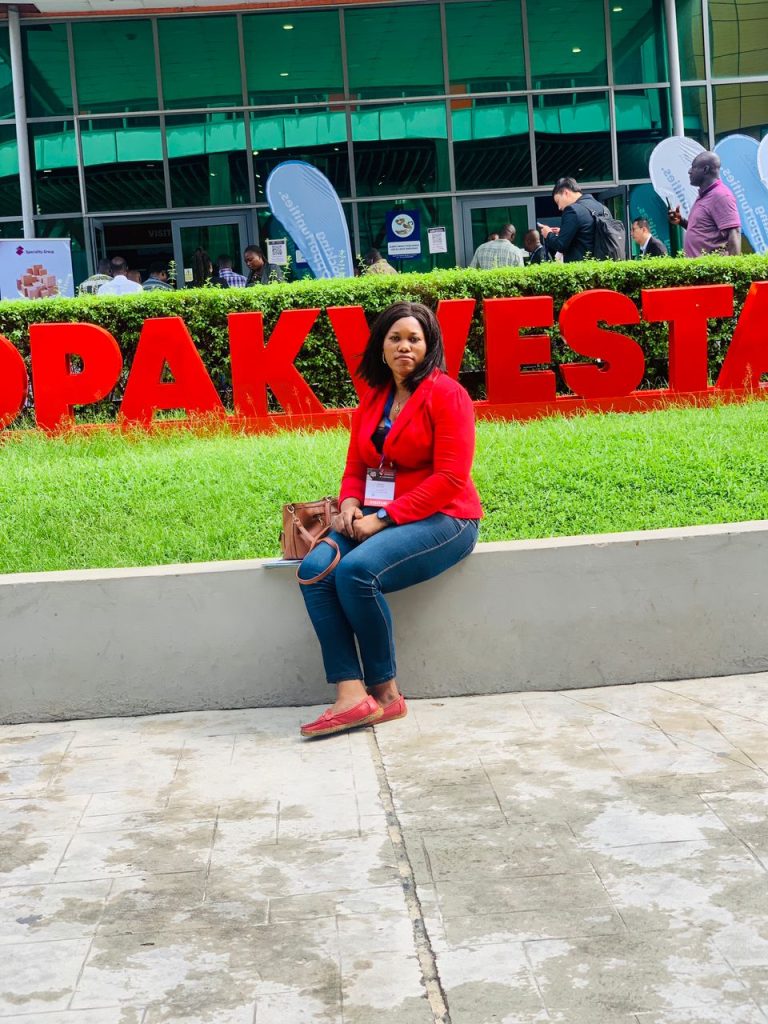TIPS IN SELECTING A PROPER SAFETY SHOES
How to choose your safety shoes?
When choosing your safety shoes, you should take a certain number of criteria into account, not just those related to personal safety, such as the choice of protection level and anticipated additional protection, but also aesthetic and comfort criteria for the people who will be wearing them, for example, the material used and the shape of the shoes. You should also verify that they meet the security norms concerning the risks related to your business. For safety shoes, Safety joggers norm defines the different criteria according to the protection you need. Be careful not to confuse safety shoes, protective shoes and work shoes. When choosing your shoes you should take into account the differences related to the presence of a toe cap, namely:
Why wear safety shoes?
7% of wounds caused by workplace accidents are foot injuries. Safety shoes must be provided, maintained and replaced by the employer. Employees must wear these shoes when working in or entering high-risk areas. Labor inspection is entitled to sanction the employer if the latter does not provide each employee with suitable safety shoes.
Safety shoes are primarily designed to protect the user’s feet, but Safety joggers shoes also protect electronic components from electrostatic discharges.
Which safety shoes should you choose?
The safety shoes you choose will depend on the level of protection you need while taking into account comfort, aesthetics and price criteria.
All shoes that produced by Safety joggers, Hulk are equipped with an anti-crushing toe cap that resists an impact of 200 joules. Safety shoes must also be a minimum anti-slip on smooth and greasy floors in industrial environments and the soles must be hydrocarbon resistant. It may be necessary to check whether the soles are classified anti-perforation in particular for interventions in mechanical workshops, anti-static in particular for workshops likely to have electrostatic discharges, or fire-retardant, for example in welding workshops. The shoes must also show good wear resistance to avoid premature wear.
Once the necessary types of protection have been determined, one of the first criteria for choosing the most comfortable shoes possible is to determine whether the employees concerned can wear low shoes or should wear high shoes. Then you can decide whether the shoes can be leather or fabric, or if they need to be made of polymeric materials to ensure waterproofness. The material chosen will often determine the weight of the shoes: the lighter the material, the more comfortable they will be. Another vital element to consider when it comes to the comfort of the shoes is the type of material used for the toe cap.
Generally, safety shoe sizes are a bit big, but you should avoid ordering smaller shoe sizes than usual as manufacturers anticipate that they will be worn with thick socks in order to improve the user’s comfort.
What are the work, safety and protective shoe norms?
Safety shoes must meet the EN ISO 20345 norm which requires:
200 joule impact resistance at the front of the shoe,
anti-slip soles on smooth and greasy floors in industrial environments (XPS 73012 norm),
closed back of the shoe.
The EN ISO 20345 norm is then divided into different categories corresponding to specific protections indicated by the letters:
A: anti-static footwear
Fo: hydrocarbon-resistant soles
E: heel and sole energy absorption
P: perforation-resistant soles
Wru: upper part of the shoe resistant to water penetration and water absorption
Wr: water-resistant shoes
The following levels of protection don’t enter into the above classification, but are also defined by the EN ISO 20345 norm:
Hro: heat contact resistant outsoles
Hi: heat-insulated soles
Ci: cold-insulated soles
C: soles with an electrical resistance lower than 100kW
CR: cut-resistant soles
ESD: electro static dissipative shoes (EN ISO 61340-4-3:2001 norm)
SRA: anti-slip soles on ceramic tile with dilute soap solution
SRB: anti-slip soles on steel with glycerol
SRC: anti-slip soles on ceramic tile with dilute soap solution and steel with glycerol
When your business does not present risks related to heavy falling objects, you can consider protective shoes and work shoes which are, for equivalent protection (except crushing of the forefoot), more comfortable and less expensive than safety shoes.
What kind of shoes is appropriate for my work environment?
Safety shoes must be worn in all industries where there is a risk of a foot injury. You have to determine the type of shoes you will need for the work environment:
For indoor and outdoor work, for example on construction sites and in mines, it is better to favor S3 shoes or potentially S5 if it is necessary to intervene in a flooded environment regularly.
In the agri-food industry, generally work is done indoors and in a dry environment. In this case, it is possible to switch to S1 safety shoes or S1P shoes if there is a risk of perforation of the soles. Depending on the type of floor covering, you may also need to provide anti-slip protection such as SRA or SRB, or soles insulated against cold or heat.
In some laboratories, especially for the chemical industry, you will need to provide safety shoes, for example to prevent risks related to products used. In this case you can choose S1, or S2 if there is a spray risk.
On construction sites, often S1 or S1P shoes provide the necessary protection, but you will of course have to adapt the type of protection to your specific risks.
For the automotive industry, shoes must often meet specific risks such as those related to welding. In this case, you can for example look for S1 shoes that are also classified Hro.
At PAULVIC SAFETY , we provide you with the right Industrial safety shoes/boots suitable for your organizational need.
